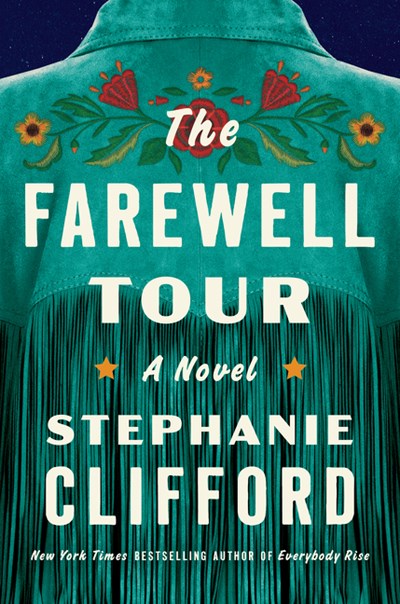As Jennifer Savran Kelly’s debut novel, Endpapers, opens, main character Dawn Levit has stalled. She’s in her mid-20s, dissatisfied with her art (she designs, prints and binds handmade books) and unable to make anything new. She’s also feeling stuck in her relationship with Lukas, whom Dawn is pretty sure would love her more if she were a man. Dawn has been exploring her own gender and sexual identities since high school, taking tentative steps to find her way, but she’s still doubting her instincts and herself. Lately, she and Lukas have found comfort in “slipping back into the closet,” where neither has to worry about feeling accepted. But neither of them is content, either.
While at work in the book conservation lab at the Metropolitan Museum of Art, Dawn finds a torn-off paperback cover bearing the title Turn Her About, which depicts a woman looking into a mirror and seeing a man’s face. On the back is a letter handwritten in German; the correspondents’ names (Gertrude and Marta) and Ich liebe dich (“I love you”) are the only words Dawn can understand. But this letter, apparently from the 1940s or ’50s, sends Dawn on a quest to learn more about the pulp novel, and about Gertrude and Marta.
Following Dawn through the spring of 2003, Endpapers depicts a New York City still shrouded in post-9/11 gloom, evoking an uneasy mood and underlining Dawn’s sense that even in early 21st-century New York, being different isn’t safe. Out at a bar one night, Dawn, Lukas and their friend Jae are harassed by two men, which leads to a hate crime that Dawn feels she incited.
Dawn’s introspection is at times painful; she’s young, self-absorbed and prone to missteps with her friends and co-workers. But as the story progresses, the mystery of Gertrude and Marta converges beautifully with the artwork that Dawn begins to conceive. Kelly is a bookbinder and book production editor, and the novel’s details of book and print restoration ground and add depth to Dawn’s story.
Endpapers is a coming-of-age story about growing as an artist and learning to trust and build relationships in a world that doesn’t want to make room for you. Despite its early 2000s setting, Endpapers still feels timely, leading us to reflect on how far we’ve come in accepting differences and how far we still have to go.


















